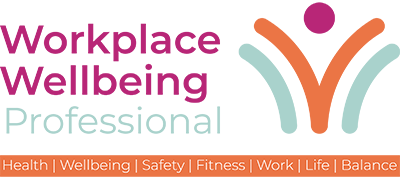Sickness absence across the UK workforce dropped last year but behind the headline figure lies a troubling picture of entrenched health inequality and workforce exclusion, according to the latest data from the Office for National Statistics (ONS).
In 2024, 2.0% of working hours were lost to sickness or injury, down from 2.3% the year before. That equates to 148.9 million working days lost, or 4.4 days per worker, representing the lowest level since before the pandemic.
But the decline masks deep and persistent disparities. Women, older workers, those with long-term conditions and part-time employees are all significantly more likely to miss work due to ill health. Public sector workers also reported higher absence rates than their private sector peers, the data show.
- Women: 2.5% absence rate
- Men: 1.6%
- Workers with long-term health conditions: 4.0%
- Workers without: 1.0%
- Public sector: 2.9%
- Private sector: 1.8%
Regionally, the South West had the highest sickness absence rate at 2.4%, while London and the East of England recorded the lowest, at 1.5%.
The top three causes of sickness absence were:
- Minor illnesses (30.0%)
- Musculoskeletal problems (15.5%)
- Mental health conditions (9.8%)
Chronic Illness Keeps Thousands Out of Work
Observers say the figures expose a deeper problem: not just the cost of sickness, but how UK workplaces are structured around a culture that still stigmatises ill health.
The head of Community Connections at employee engagement services firm Reward Gateway | Edenred, Charlotte Neal, said employers were failing to accommodate the reality that illness is part of life.
“With almost every other person in the UK living with a long-standing health problem, it’s time to recognise that health is simply an unavoidable part of being human,” she said. “The problem isn’t people’s health. It’s how we view and manage it within the workplace, and current ways of working do not consider sick people.”
Neal added that stigma plays a powerful role in keeping employees silent, or out of work altogether.
“‘Sick’ is still a dirty word in the world of work. People would rather get signed off to avoid discrimination, awkward conversations and being labelled ‘incapable’ and missing out on opportunities. It’s easier to hide behind a sick note than it is to ask for support.”
She added that it was “an unfortunate reality and we see this in the volume of people who are absent from work, and then hesitant to rejoin the workforce, especially after prolonged bouts of ill-health”.
Employers Must Lead the Shift
The ONS data comes as many employers reassess their approach to staff wellbeing, with particular attention on long-term support, return-to-work pathways and access to healthcare services.
Neal said employers were in a unique position to close the gap between NHS limitations and what workers need to stay healthy and engaged.
“Business leaders are in the incredible position to change employees’ lives for the better by implementing initiatives and benefits that plug the ever-increasing gap in access to healthcare services,” she said.
“When you address employees’ whole needs – whole human needs, not just their work requirements – you send the message that they’re appreciated for who they are, not just what they do. It’s an under-utilised cheat code which guarantees positive employee experiences, healthier and engaged workforces, and ultimately better business results.”
Absence Down — But Far From Solved
While fewer sick days may be good news for productivity, wellbeing experts warn that lower absence doesn’t always mean a healthier workforce. Presenteeism, burnout and unreported illness remain widespread, and long-term conditions continue to exclude thousands from meaningful employment.
As employers rethink how to support their people, observers say workplace wellbeing needs to go beyond yoga sessions and fruit bowls. It means reimagining the working environment itself, to reflect the fact that health isn’t a barrier to employment but a fundamental part of it.


